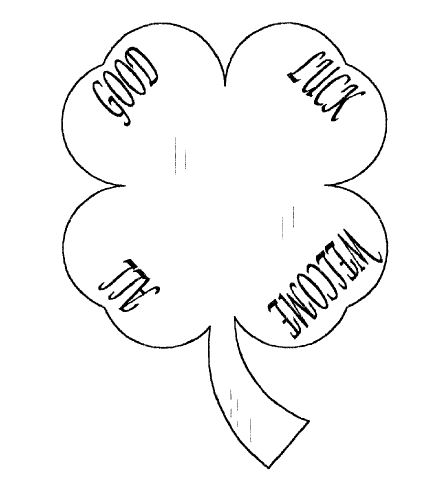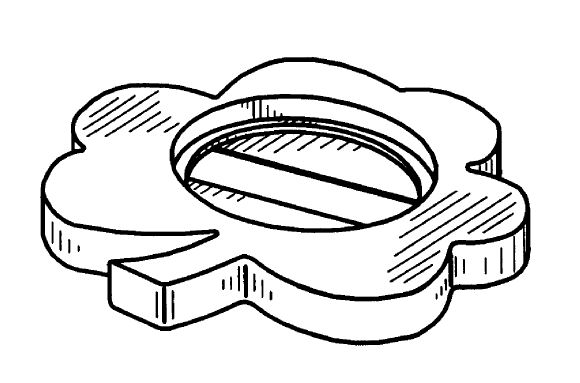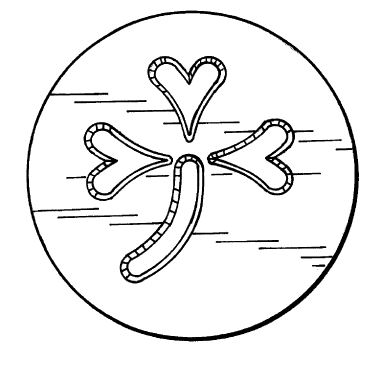In Facebook, Inc., v. Windy City Innovations, LLC, [2018-1400, 2018-1401, 2018-1402, 2018-1403, 2018-1537, 2018-1540, 2018-1541] (March 18, 2020) the Federal Circuit hold that the Board erred in allowing Facebook to join itself to a proceeding in which it was already a party, and also erred in allowing Facebook to add new claims to the IPRs through that joinder.
Exactly one year after being served with Windy City’s complaint for infringement of U.S. Patent Nos. 8,458,245, 8,694,657, 8,473,552, and 8,407,356, Facebook petitioned for inter partes review of several claims of each of the patents. Seven months later, after Windy City identified the claims it was asserting, Facebook filed two additional petitions for IPR of additional claims of two of the challenged patents, together with a motion for joinder. Although this was now well more than a year after Facebook had been served, the Board nonetheless instituted Facebook’s two new IPRs, and granted Facebook’s motions for joinder.
The Federal Circuit examined the statutory language and concluded that joinder was not proper. It noted that the plain language of § 315(c) indicates that the exception to the time bar offered by the joinder provision only applies if there is an instituted IPR, meaning that a first petition must have been timely under § 315(b), among other requirements. It went on to note that subsection (c) then provides that after an inter partes review has been instituted, the Director, in his or her discretion, “may join” “as a party to that inter partes review” “any person” who has filed “a petition under section 311 that the Director . . . determines warrants the institution of an inter partes review under section 314.”
The Federal Circuit observed that the Board was operating under the premise that § 315(c) authorizes two proceedings to be joined, rather than joining a person as a party to an existing proceeding. The Federal Circuit said that the Board’s understanding of § 315(c) is contrary to the plain language of the provision. Section 315(c) authorizes the Director to “join as a party to [an IPR] any person who” meets certain requirements, i.e., who properly files a petition the Director finds warrants the institution of an IPR under § 314. The Federal Circuit said that no part of § 315(c) provides the Director or the Board with the authority to put two proceedings together. That, the Federal Circuit pointed out, is the subject of § 315(d), which provides for “consolidation,” among other options, when “[m]ultiple proceedings” involving the patent are before the PTO.
The Federal Circuit admitted the possibility that the Board was in fact intending to join Facebook as a party to its previously instituted IPRs, and not joining the IPR proceedings themselves, but found that the clear and unambiguous language of § 315(c) does not. The Federal Circuit said it would be an extraordinary usage of the term “join as a party” to refer to persons who were already parties. The Federal Circuit concluded that a party cannot logically be “join[ed] as a party” in a proceeding if it is already a party to that proceeding. The Federal Circuit held that the clear and unambiguous meaning of § 315(c) does not authorize joinder of two proceedings, and does not authorize the Director to join a person to a proceeding in which that person is already a party.





